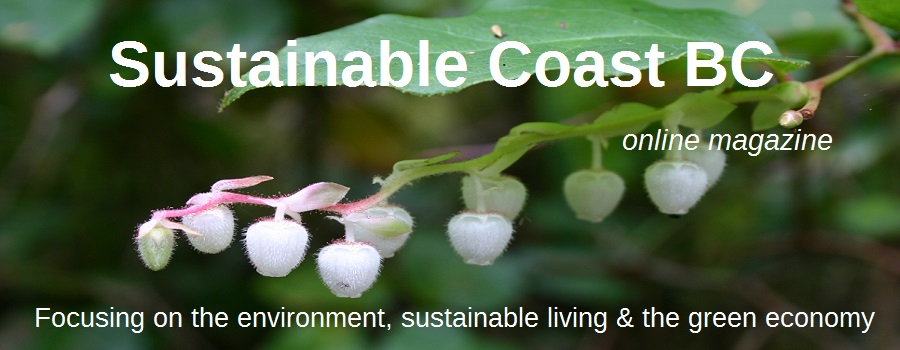Transitioning
- Details
- Category: Uncategorised Uncategorised
- Published: 10 May 2010 10 May 2010
WE ARE WHAT WE THROW AWAY. Anthropology is called the science of humankind. It studies all facets of society and culture. These studies include tools, techniques, traditions, language, beliefs, values, and the impact of humans on other humans. It is the study of humans, past and present.
Archaeologists learn from the past through studying artifacts, and often these objects are found at sites where past civilizations have discarded materials. Bones and tools are found where ancient hunting parties have left their waste, tax returns have been found with pots in studies of discards sites in Babylon and clues about the everyday life of Mayan civilizations can be pieced together by discovering ancient garbage.
Garbage can tell much about ancient civilizations but also about man today. The study of anthropology can help us discover patterns of behaviours.
Certainly we should be looking at the pattern in many “great but now fallen” civilizations that began with abundant resources followed by population growth and over-consumption with faulty or lack of infrastructure to manage population and over-consumption leading to the collapse of the societies. We may not want to be so actively repeating mistakes.
Our garbage is a wealth of information about our society. Since 1973, the University of Arizona, has been studying contemporary garbage as part of its archeology program. William Rathje established THE GARBAGE PROJECT, and in the decades this project has been operating these researchers have hand sorted, measured and sifted through tons of garbage at landfill sites located across North America including Toronto and sites in the Florida everglades and the deserts in California. They have also studies and sampled garbage from residential cans. This research included hand sorting, measuring and cataloguing types of garbage, brands and packaging, as well as interviews with households on behaviours and attitudes.
The results produced from this research have been both thought-provoking and at times controversial. There are a great many assumptions made about garbage without the data to back it up. For instance locally, our solid waste reviews do not use waste audits data from our own landfills (Sechelt and Pender Harbour), instead we use data supplied by consultants Gartner Lee ( aka AECOM) for other communities and make assumptions that the waste we generate is the same. Accurate volumes and tonnage of waste created and recycled for analysis are also a problem on the coast and totals of private business recycling is not factored in to data in the recycling review. The GARBAGE PROJECT measures volumes and weight of materials.
THE GARBAGE PROJECT has produced is very interesting results, including consumer behavior often differs from their actual behaviours. The response about the contents of the garbage can told a different answer to phone surveys or questionnaires. People often attempted to make themselves look better in answered surveys with responses that they were great recyclers, they did not buy packaged food and resisted sweets when the garbage can told another story. William Rathje and crews also found that while many communities were focused on packaging as the evil demon and speaking of bans, that packaging was not taking up major room in landfills, and in fact over the years packaging had been reduced more than food and material waste. Disposal diapers and packaging actually take up a bout 2% of landfill space.
The real volumes in the landfill were paper and his digs found newspapers intact from twenty years earlier. Rathje’s research also highlighted the materials such as construction waste that were taking massive landfill space that were not on community’s radar for reduction. They discovered that construction and demolition debris make up 20% of landfill volume. Many so-called biodegradable products did not break down in a landfill situation and Rathje’s crew has found mummified vegetables also in the landfills from decades of waste. His research into our garbage cans also pointed out given bigger containers the consumer will make efforts to fill them.
William Rathje has written a book about his garbagology research called “ RUBBISH”. He does believe our garbage management problems are solvable ,but not with many of the approaches we are using.
In my job with Gibsons Recycling, I also have the benefit of hands-on experience in handling people’s recycling and discards. As someone with a marketing and advertising background, I see how much one can learn about people from their discards. I am not talking about social security numbers but behaviours and attitudes. I know how much material is reusable that is being discarded on a regular basis, and this was a reason we opened The ZERO WASTE STORE to rescue these materials. I gladly confess that our home is furnished from the waste stream.
Tossing or discarding what we don’t want can be a very anonymous act, we hide our thoughtless behaviors in a green bag or that can at the curb and that causes the imbalance of what we say we do and what we actually do. I have observed that people actually apologize or make excuses for what they discard when there is a one-on-one scenario. We feel guilty but we do it. We do not want to be judged by what we throw away so we hide our excesses.
Purging is a behaviour that creates waste. Opening up bags of garbage I see evidence of getting rid of stuff to cleanup, purging connections of materials associated with relationships and history. It is an aggressive action to rid stuff that bothers us. We purge to tidy our lives and have order. We throw out to change ourselves and our environment but our garbage tells the real story.
